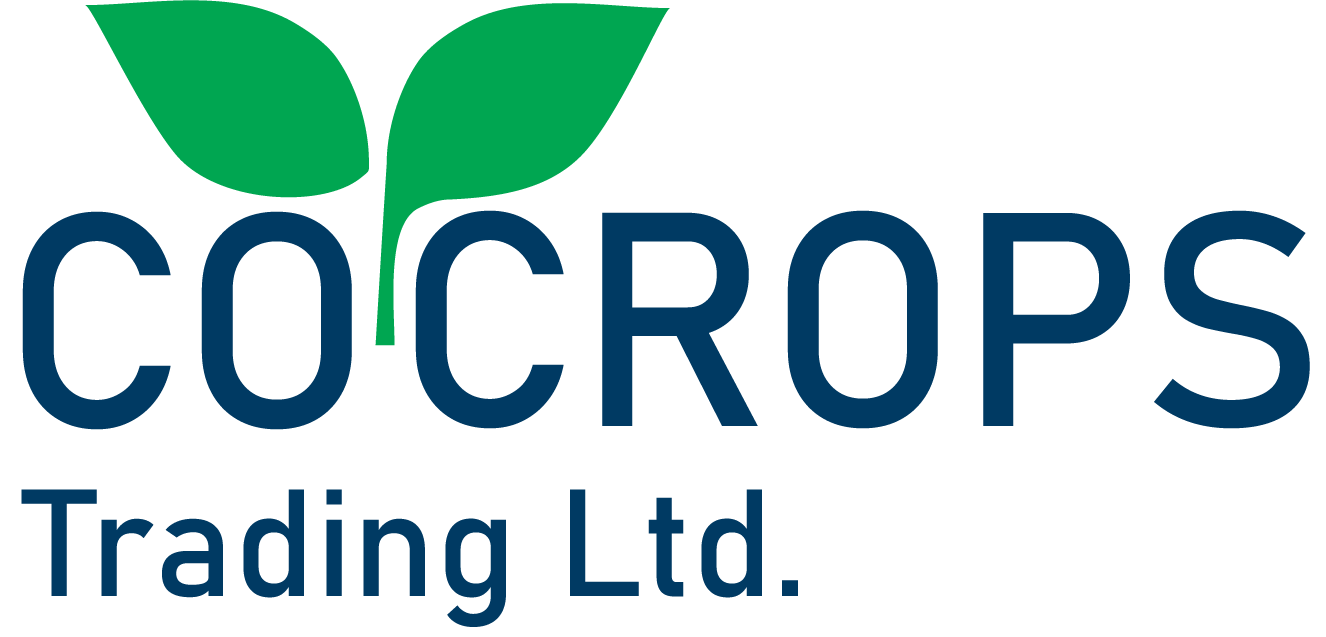Gum Arabic is incredibly broad when it comes to the number and variety of ways it can be used. Here are some examples:
- An ingredient used in soft drinks like Pepsi and Coca-Cola
- Food ingredient in applications such as dairy products, cereal bars, and baked goods
- Lotions and creams (gum acacia acts as a stabilizer)
- Medicines
- Binder for color pigments
- Production of spray-dried flavors and fragrances; stabilizes emulsions and prevents evaporation
- Plating and etching solution for the lithography industry
- In textiles, an ingredient in waterproof emulsions and sizing.
With that level of versatility, it is easy to see why Gum Arabic is in demand as a popular component in many settings and applications.
Amount per 100 g
(Salt content is due to naturally occurring sodium).
| Nutrient | Amount |
|---|---|
| Energy | Energy: 732kj/175kcal |
| Total Fat | 0.2 g |
| Total Carbohydrate | 0.1 g |
| Sugar | 0 g |
| Protein | 1.14 g |
| Salt | 2.3 g |
| Fiber | 95 g |
| Dietary fiber | 12 g |



